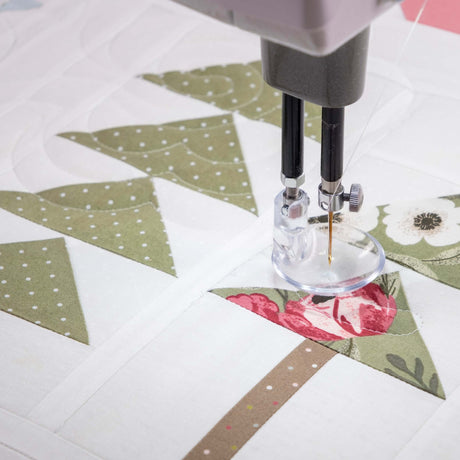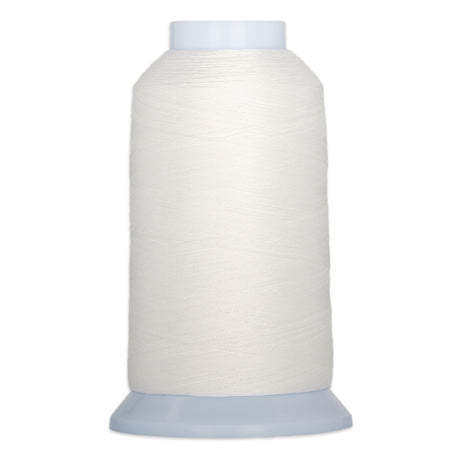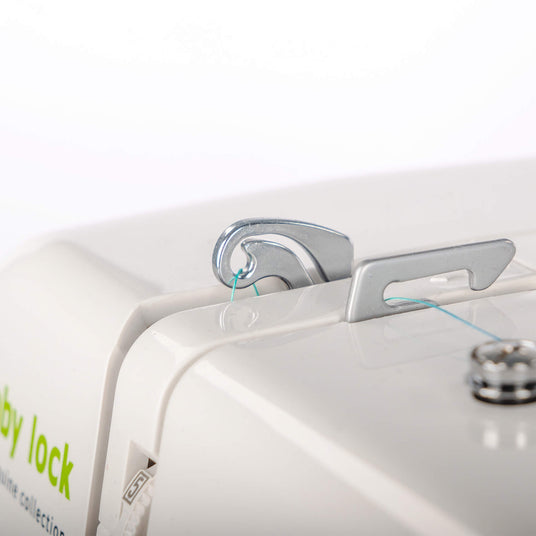Updated: October 15, 2024
Thread Mastery Institute™ Presents
Referencing our education library, you will find an article titled "Thread Weight and How to Measure Threads Thickness." Using the information from that article as the foundation for understanding thread weight, we have defined the most common methods for determining the characteristics of thread thickness. Let’s apply this information and turn it into knowledge of threads for embroidery, quilting, and sewing.

Quilting: The Quest for Perfect Stitch Balance
When it comes to quilting, it’s imperative to understand how a thread will look when topstitched onto a quilt, the physical characteristics of a piecing thread, and whether a bobbin thread will require tension adjustments. These considerations apply to all quilters.
Thread weight significantly influences the final appearance of a quilt. Below are general guidelines for different thread weights used in quilting:
40 wt. Threads: Quilting (Topstitching)
Quilters love 40 wt. threads! These are visible and great for decorative topstitching, particularly with variegated color patterns. Majestic and QuiltMaker are popular 40 wt. thread options for quilting.
50 wt. Threads: Piecing and Quilting
A 50 wt. thread is an excellent choice for piecing, as it offers an ideal balance of strength and subtlety. Dream Seam and Perfection are our top choices for this thread weight.
"Piecing with a low-lint 50 wt. thread, such as Dream Seam or Perfection, helps to keep your seams flat."
60 wt. and Extra-Fine Threads: Bobbins and Detail Quilting
A 60 wt. thread and extra-fine threads are ideal for applications requiring subtlety, such as bobbin use and detail quilting. Precision and Invisible Thread are excellent choices for these uses.
Embroidery: Shine and Detail
Embroidery threads emphasize sheen and presence, with 40 wt. 2-ply threads being the most common. Elite is our go-to embroidery thread for its high strength and sheen.
 |
 |
| Upholstery threads are thick and typically coated to reduce friction. | Forty-weight threads are a popular thread weight for embroidery. |
Sewing: Not Your Grandmother’s Thread
Today’s sewing threads are designed precisely for tasks like sewing clothes, crafting, and rolled hems. Woolly Nylon is a must-have for sergers, especially when sewing on stretch fabrics.
Upholstery: Strength Above All
Upholstery sewing requires strong threads like Tex 70 or Tex 90 to withstand heavy use. Bonded nylon and bonded polyester are the most popular upholstery threads.
Choosing the Right Thread Based on Application or Technique
The right thread depends on understanding thread weight. For quilting, 50 wt. is ideal for piecing, while a heavier 40 wt. is often used for decorative quilting. Embroidery typically uses 40 wt. high-sheen polyester thread, and upholstery relies on Tex 70 or Tex 90 for durability.
Conclusion
Understanding thread weight makes a significant difference in the outcome of your project. Whether quilting, embroidering, or sewing, selecting the right thread for the job will help your project look great and last.











